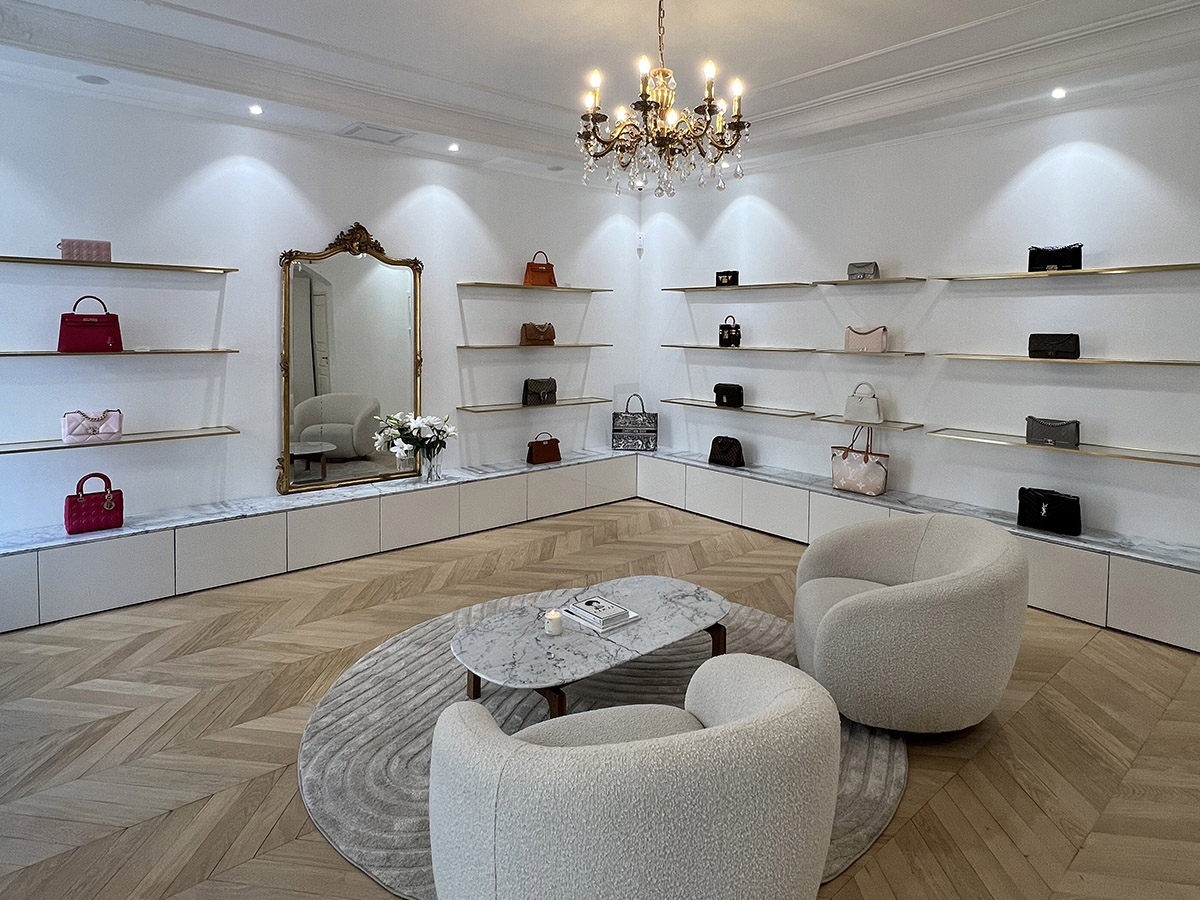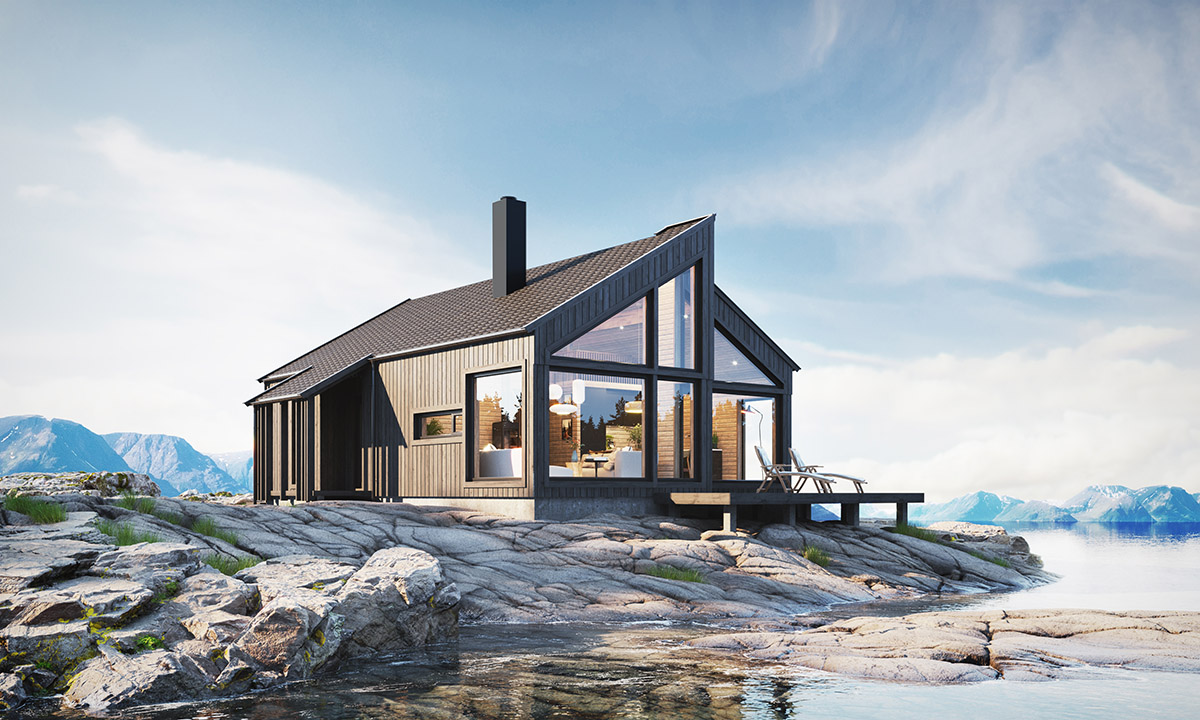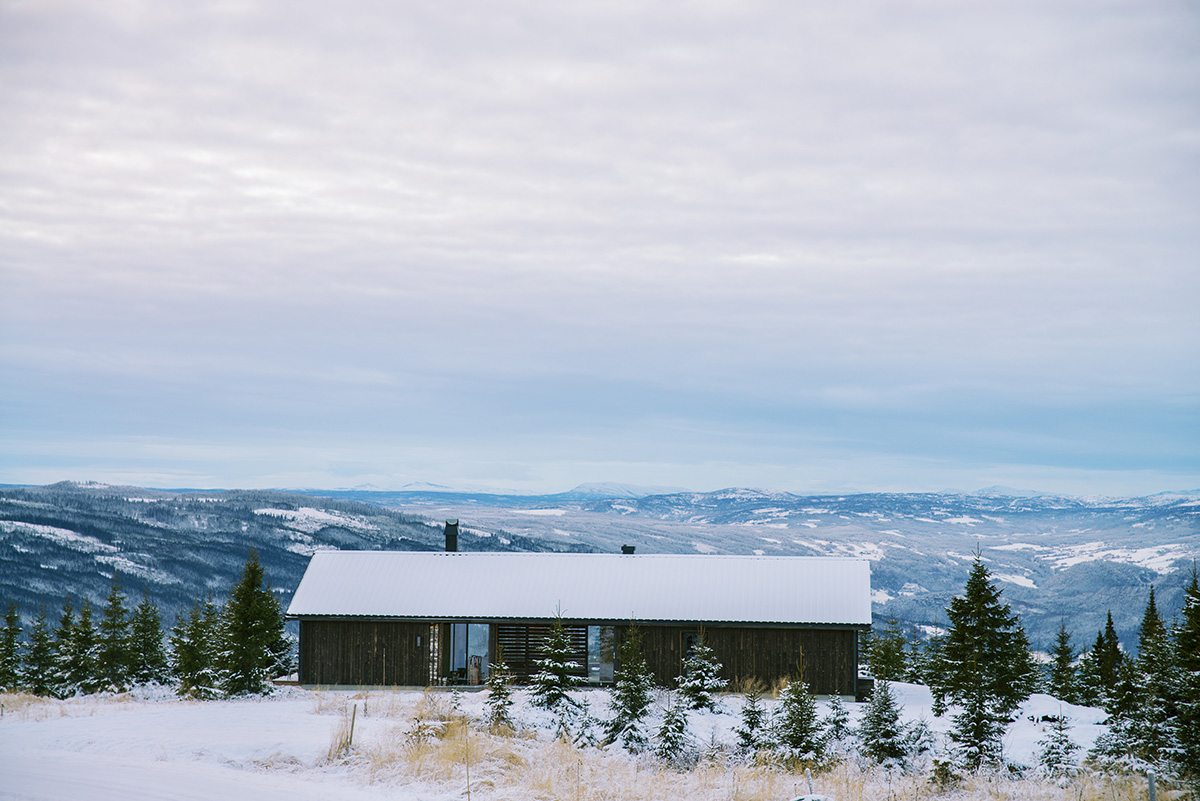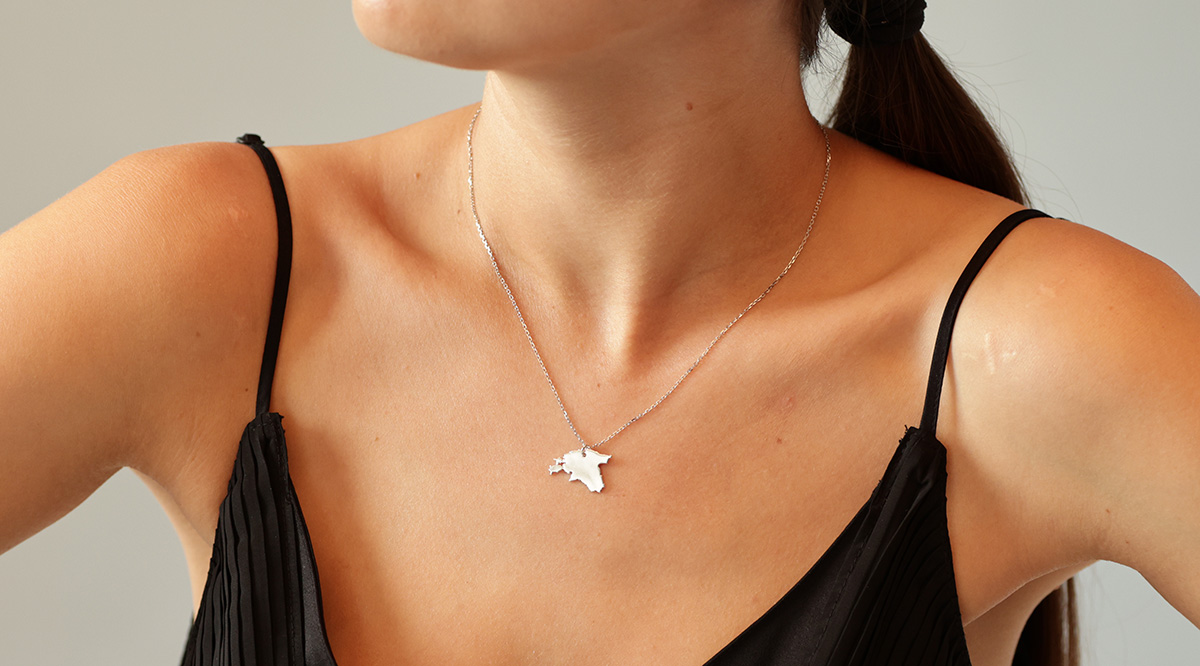Rønning Treski: The last wooden-ski makers in Norway
By Hanna Margrethe Enger | Photos: Rønning Treski
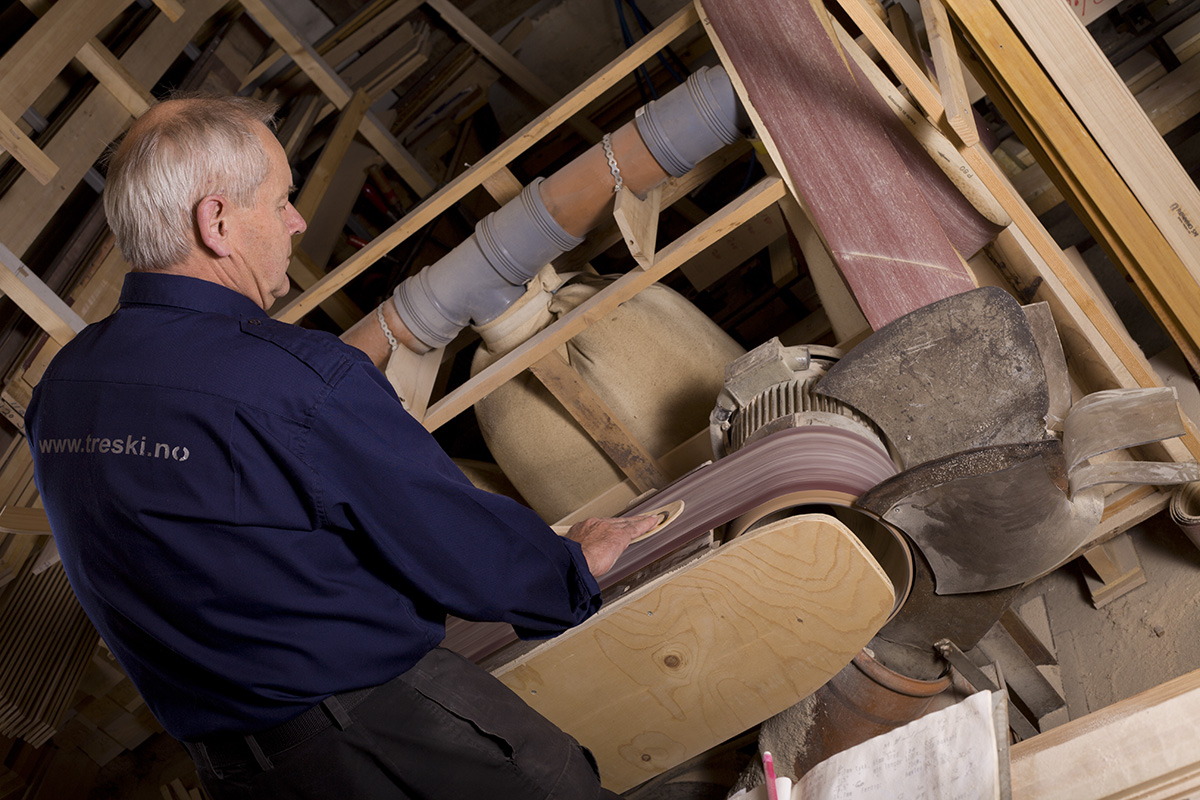
All skis are made by hand.
In Norway, it is often joked that Norwegians are born with skis on their feet. While not everyone has natural talent, skiing truly does have deep roots in Norwegian culture. On any given snowy weekend in Oslo, you’ll find people with a rucksack and a pair of skis on the metro, on their way into the woods.
For hundreds of years, skis were made out of wood, until they fell out of favour during the plastic revolution in the 1960s. But now, that’s changing. Plastic is no longer a wonder product, but an environmental problem.
There is only one business left producing wooden skis in Norway: a family business founded in 1936 called Rønning Treski. When Ulf Rønning took the reins from his father in 1965, it was during the advent of plastic skis – a challenging time to inherit the business. “In the 1930s there were over 100 ski factories. When I took over there were 25,” says Rønning. One by one he was forced to let employees go, until only he remained.
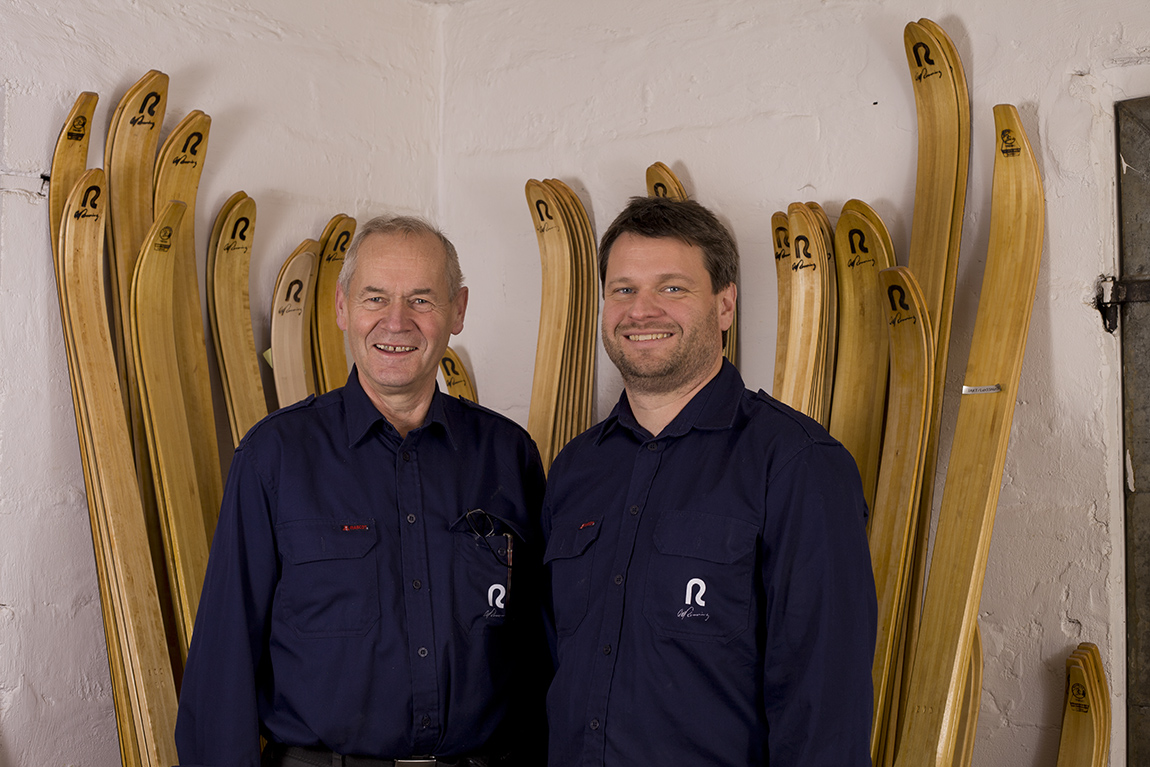
Second and third generation Rønning, Ulf Rønning and Jonas Rønning.
But Rønning worked hard and persevered, and kept the business afloat. Today, it’s run by his son and produces some 300 pairs of wooden skis a year for clients all over the world, from the likes of New Zealand, Japan, Canada and the US.
One might think wooden skis are for the pros, but they’re well-suited to beginners and casual skiers. Meanwhile, plastic skis need to be treated with different types of wax depending on the temperature and the snow. This can be complicated and, if not done correctly, ruin a sojourn on the slopes.
“Wooden skis won’t be as slippery as plastic skis, thought you can wax them to improve the glide,” Rønning says. “And you get better grip when going uphill.” This means that they’re ideal for children. It’s not unusual for Norwegian kids to be given their first pair of skis shortly after they start walking.
Wooden skis are low maintenance; a layer of wood tar at the end of the season is all that’s needed to keep out moisture and keep them in top condition. Plus, they’re environmentally friendly. What’s not to love?
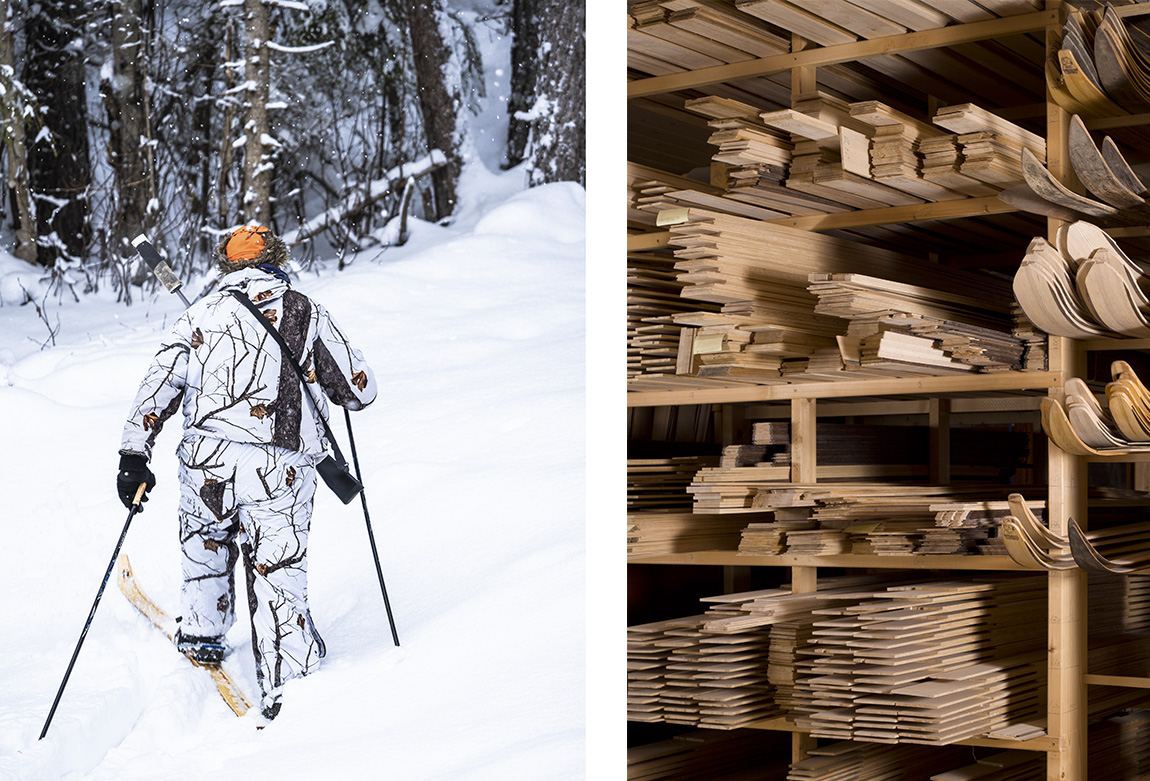
Left: Wooden skies are perfect for off-piste skiing. Photo: Jo Stenersen. Right: Only the highest quality wood gets used for a pair of Rønning skis.
Web: www.ronningski.no
Subscribe to Our Newsletter
Receive our monthly newsletter by email

